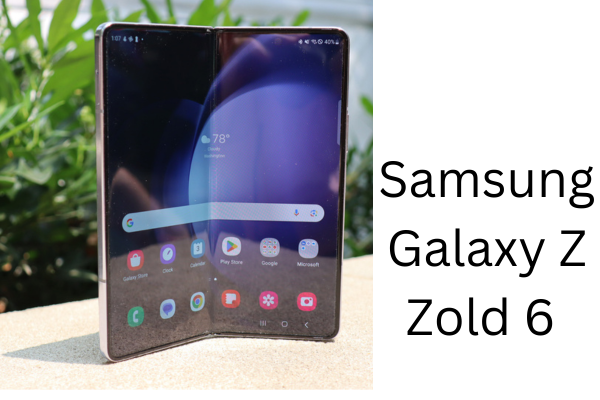Introduction: The Rise of AI Art Generators

Art and technology have long shaped each other, but the advent of AI art generators has propelled this relationship into new territory. Today, artists, hobbyists, and creators from diverse backgrounds are venturing into surreal landscapes, hyper-realistic portraits, and limitless styles—all crafted by the power of artificial intelligence. But how does generative AI work? This sophisticated technology leverages complex algorithms and vast datasets to produce images that challenge traditional notions of creativity. As we delve into the mechanics of generative AI and AI image generation, this article will illuminate the remarkable features, benefits, and implications of AI-driven artistry. Join us as we explore whether AI art is merely a tool or a revolutionary force reshaping our creative landscape.
- Definition: Explain what an AI art generator is, detailing how these tools utilize machine learning and algorithms to produce images based on user prompts.
- Popular Tools: Mention leading platforms like DALL-E, Midjourney, and Stable Diffusion, known for enabling users to explore unique styles and creative possibilities.
- User Interface: Describe the ease of use that comes with these platforms, enabling beginners and experts alike to experiment with their art through text-to-image models.
How Does Generative AI Work?

- Deep Learning and Neural Networks: Introduce deep learning and neural networks as the foundation of generative AI, allowing models to recognize patterns and learn styles based on massive datasets.
- Training on Datasets: Explain that these models are trained on huge datasets of images, enabling them to “learn” various artistic styles, patterns, and forms.
- Text-to-Image Generation: Detail “how does AI image generation work” from prompt to output, describing how algorithms analyze text prompts to generate new, customized images for users.
Core Features of AI Art Generators
- Style Transfer and Customization: Explain how users can apply specific styles to generated images, enabling them to create unique, stylized pieces.
- Creative Freedom: Describe the extensive creative tools available for modifying images, allowing users to refine each detail and style element, thus fostering a sense of ownership and artistry in their works.
- Accessibility and Inclusivity: Many AI art generators are user-friendly, making art accessible to those with minimal technical skills. Touch on how the community and inclusive features allow for a shared creative experience.
How does generative ai work in Practice?
- Generative AI Algorithms in Action: Delve into “how does generative ai work art” explaining how algorithms create art by blending new compositions from existing patterns.
- Realistic Rendering: Many tools use realistic rendering techniques, producing outputs that can closely resemble traditional art mediums or even hyper-realistic images.
- Interactive Elements: Some platforms allow real-time adjustments, filters, and previewing capabilities, making the creative process more engaging.
Benefits of Using AI Art Generators

- Creative Efficiency and Speed: Generating complex, high-quality images in seconds saves time for artists and businesses alike, streamlining workflows.
- Broad Access to Creativity: AI art generators empower everyone to create art, regardless of technical skills, fostering creativity across various fields.
- Inspiration and Exploration: AI art tools can serve as sources of inspiration, helping artists explore new concepts and styles with ease.
Applications of AI Art in Business and Beyond
- Marketing and Advertising: Discuss how businesses leverage AI-generated art for digital ads, social media, and branding, creating visually compelling content.
- Entertainment: Mention the use of AI art for concept art in movies, video games, and other media, allowing creatives to visualize ideas quickly.
- Non-Creative Fields: Touch on AI art’s application in industries like e-commerce, where companies use AI to create product visuals or mockups that enhance customer experience.
- AI Bias: Discuss the risks associated with biases in AI training data and how it can impact the output, sometimes unintentionally reflecting stereotypes.
- Legal and Ethical Issues: Address copyright concerns, especially given the lack of legal frameworks protecting AI-generated art. Highlight cases like the Kelly McKernan lawsuit as examples of the legal and ethical issues surrounding AI-generated art.
- Originality Concerns: Explore the debate over whether AI-generated art can be considered “original” art, given its reliance on pre-existing data.
The Future of AI Art Generators
- Integration with VR and AR: Speculate on emerging trends, such as the integration of AI art with virtual and augmented reality, which could pave the way for immersive digital art experiences.
- AI as a Collaborative Tool: Consider how AI could serve as a partner rather than a replacement for human artists, augmenting creativity rather than diminishing it.
Generative AI is an artificial intelligence that creates new content, like text, images, or code, based on input from a user.
Generative AI uses deep learning and neural networks to process vast data, learn patterns, and generate content that mimics human-generated data.
- AI models like DALL-E and Midjourney use generative adversarial networks (GANs), where two neural networks work together to create realistic images from prompts.
Generative AI can automate tasks, inspire creativity, and provide insights from large data sets, making work processes more efficient.
Key limitations include the potential for bias, misinformation, cybersecurity risks, privacy concerns, and its impact on the environment.
Generative AI is used in healthcare, education, digital marketing, finance, and customer support, among others.
Conclusion: Is AI Art the Future of Creativity?
- Summary: Reiterate key points about how does generative ai work , their benefits, and their potential challenges.
- Final Thought: Reflect on whether AI art represents a tool for human creativity or a profound shift in the art world, inviting readers to think about the evolving role of AI in our creative landscapes.

